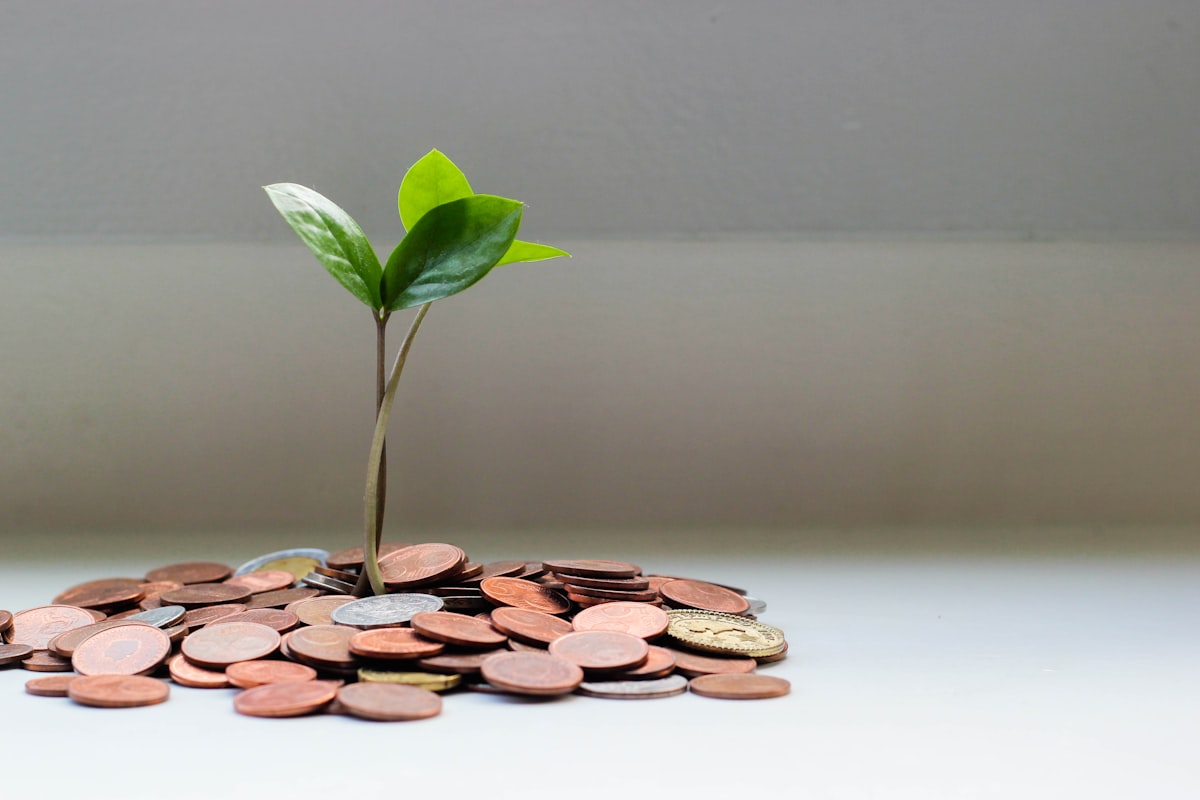
Emergency Funds: Your Best Friend
An emergency fund is like a superhero cape for your wallet. Don’t leave home without it!
Life is unpredictable, and while we can't always prevent financial surprises, we can prepare for them. That’s where an emergency fund comes in. It's a dedicated pool of money set aside specifically to cover unexpected expenses like medical bills, car repairs, or sudden job loss.
Think of an emergency fund as a Base Unit. It provides peace of mind, knowing that if something unexpected happens, you won’t need to rely on high-interest credit cards or loans. Even a modest amount saved can help cushion the impact of life’s curveballs.
How Much Should You Save?
The general recommendation is to save enough to cover three to six months of essential expenses. This includes rent or mortgage, utilities, groceries, insurance, and minimum debt payments. However, the ideal amount depends on your personal circumstances, including job stability, family size, and existing financial commitments.
Where Should You Keep It?
An emergency fund should be easily accessible but separate from your day-to-day spending money. A high-yield savings account is often a good choice. It allows your money to grow with interest while remaining available when needed.
Building Your Fund
Starting an emergency fund can feel overwhelming, but consistency is key. Begin with small, regular contributions—even $20 or $50 a month can add up over time. Consider automating your savings to make it easier to stay on track.
When to Use It
Only dip into your emergency fund for genuine emergencies. Vacations, new gadgets, or sales at your favorite store don’t count. Reserve it for truly unexpected and urgent situations that impact your financial stability.
In a world full of uncertainties, an emergency fund is your financial first responder. It won’t stop emergencies from happening, but it will make them easier to manage. And that kind of support is priceless.